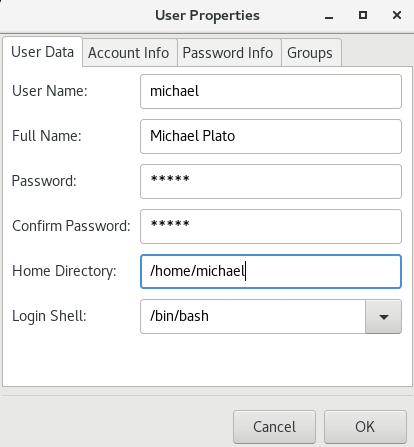In this post, I will demonstrate two ways to perform Shasum verification on Windows 10 computers. Shasum checks are useful to ensure the integrity of your software downloads, i.e., making sure that the files are not tampered with. When you run a shasum256 or shasum512 check on a file, you Read More
How to Simplify User Management in CentOS 7

Of course, you can add, modify or delete users and groups on a CentOS 7 system via the command line. You can even set the default shell, create Sudo users (by adding the user to the Wheel group), set account expiration and password policies like password aging reminder to change Read More
How to Install & Use KVM Virtualization on CentOS 7.5

If you want to learn virtualization, there are many avenues. You can use Oracle VirtualBox, VMWare, KVM, Xen, HyperV, etc. Since I was already familiar with other virtualization routes like Oracle VirtualBox, VMWare and HyperV, I decided to take the KVM plunge. KVM stands for Kernel-based Virtual Machine and has Read More
Fedora 29 KDE Plasma – First Impressions

Although my go-to Linux distros are CentOS and Linux Mint, I occasionally give Fedora a spin. So when Fedora 29 debuted on October 30, 2018, I decided to take the upgrade out for a spin. Fedora 29 KDE Plasma Fedora is always about choice and, besides the default GNOME 3.3 Read More
Getting a good handle on IP commands will prove useful if you’re managing a Linux box. Although ifconfig was deprecated and replaced with ip several years ago, some folks sill use ifconfig. But it’s good to be aware of the basic ip commands when you’re managing a Linux server. Here Read More

Even if you’re an Einstein, there’s no way you can remember all the user names and passwords for your Hotmail, Netflix, Gmail, multiple Bank accounts, Credit Card accounts, Dropbox and other sundry login details. People without a password manager tend to write the user names and passwords on a piece Read More
